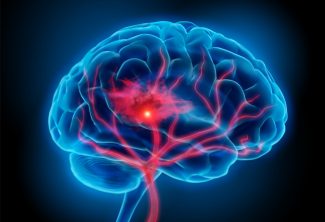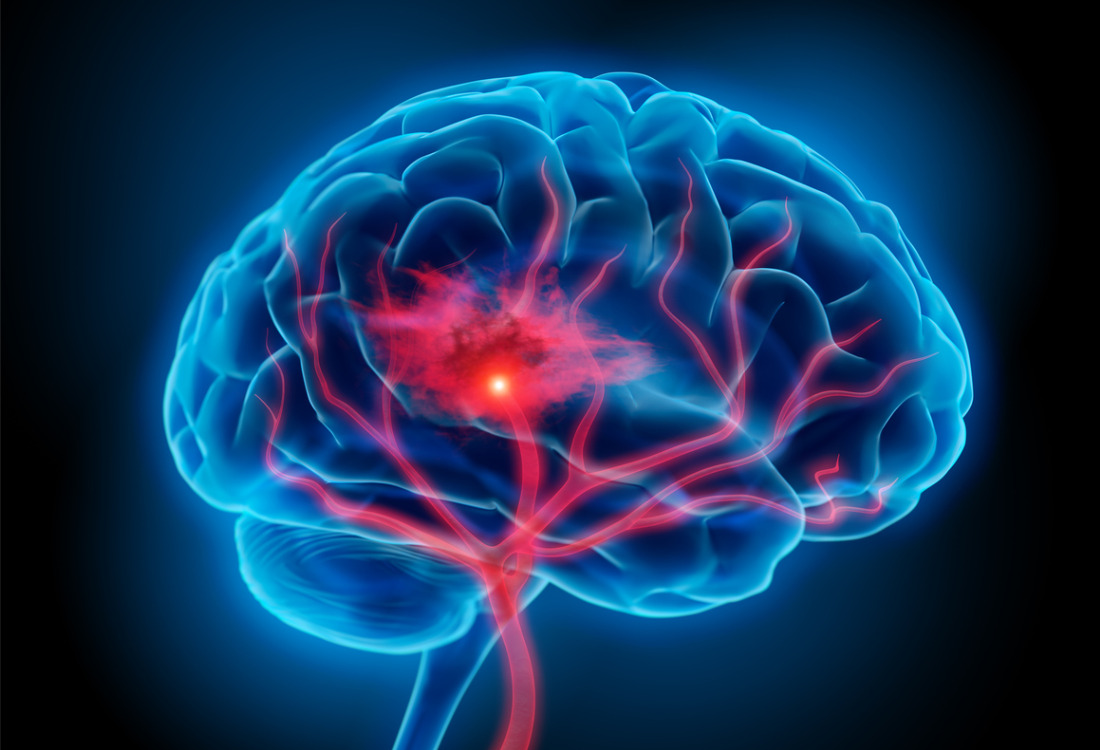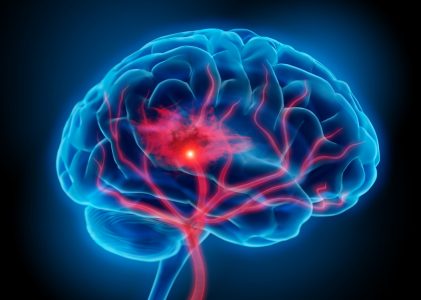
According to the American Stroke Association, stroke is a leading cause of serious long-term disability and the fifth leading cause of death in the United States. Nearly 800,000 people experience a stroke each year in the U.S. Many strokes are preventable, and early intervention dramatically improves outcomes.
Observed each May, Stroke Awareness Month encourages all of us to understand the risk factors, recognize symptoms, and take action, because minutes matter when it comes to stroke.
Understanding Stroke Risk Factors
While anyone can have a stroke, certain risk factors make it more likely. These include both modifiable (lifestyle-related) and non-modifiable (inherited or age-related) contributors. High blood pressure remains the most significant modifiable risk factor, but it’s only one piece of the puzzle.
Major Modifiable Stroke Risk Factors:
Many risk factors for stroke can be reduced or eliminated through lifestyle changes and medical management. These are known as modifiable risk factors:
- Hypertension (High Blood Pressure):
This is the single most important and preventable cause of stroke. Uncontrolled high blood pressure puts extra strain on blood vessels, increasing the risk of both ischemic and hemorrhagic stroke. Regular monitoring and treatment are essential. - Diabetes:
High blood sugar levels damage blood vessels over time, making them more susceptible to plaque buildup and clot formation. People with diabetes are up to four times more likely to have a stroke than those without the condition. - High Cholesterol:
Elevated LDL (bad) cholesterol contributes to the formation of fatty deposits in blood vessels, restricting blood flow to the brain. Managing cholesterol through diet, exercise, and medication can lower stroke risk. - Smoking:
Tobacco use damages the lining of blood vessels, increases blood pressure, and accelerates clot formation. Quitting smoking dramatically reduces stroke risk and benefits cardiovascular health overall. - Physical Inactivity and Obesity:
Lack of regular exercise contributes to weight gain, high blood pressure, and insulin resistance. Maintaining a healthy weight through physical activity and proper nutrition supports heart and brain health. - Atrial Fibrillation (AFib):
This irregular heartbeat condition can lead to the formation of blood clots in the heart, which may travel to the brain and cause a stroke. Proper diagnosis and treatment of AFib—often with blood thinners—can greatly reduce this risk. - Sleep Apnea:
Obstructive sleep apnea causes repeated pauses in breathing during sleep, which can raise blood pressure and stress the cardiovascular system. It is an often-overlooked risk factor for stroke, especially in middle-aged adults. - Excessive Alcohol Use:
Drinking too much alcohol raises blood pressure and contributes to irregular heart rhythms. Limiting alcohol intake to recommended guidelines can support stroke prevention efforts.
Non-Modifiable Stroke Risk Factors:
Other risk factors are beyond your control, but still important to understand. These non-modifiable factors can help you and your healthcare provider assess overall stroke risk and create a personalized prevention plan:
- Age:
Stroke becomes more common with age, particularly after 55. The risk doubles with each subsequent decade, making age one of the most significant non-modifiable risk factors. - Family History:
Genetics can influence stroke risk, especially if a close relative (parent or sibling) has had a stroke. Inherited conditions such as high blood pressure or clotting disorders may contribute to elevated risk. - Sex:
Although men have a slightly higher risk of stroke at younger ages, women tend to experience more severe strokes and have a higher lifetime risk. Factors such as pregnancy-related conditions, hormone therapy, and longer life expectancy contribute to this increased vulnerability. - Previous Stroke or TIA (Transient Ischemic Attack):
A history of stroke or TIA significantly increases the risk of future strokes. TIAs are often considered a warning sign and should be taken seriously, even if symptoms resolve quickly.
Learn more about MRI for stroke diagnosis and monitoring
Women and Stroke: Unique Risks and Warning Signs
Women are not only more likely to have a stroke than men, they also tend to have worse outcomes. Certain life events and hormonal changes increase a woman’s risk:
- Pregnancy complications, such as preeclampsia or gestational hypertension
- Hormonal contraceptives, especially in combination with smoking
- Menopause-related changes in blood pressure and cholesterol
- Higher likelihood of AFib in later life
Women also experience stroke symptoms differently. While classic signs like facial drooping or arm weakness are still common, women may also report:
- Sudden nausea or vomiting
- Hiccups
- Shortness of breath
- Sudden fatigue
- Chest pain
Learn more about women and stroke from the American Stroke Association, and for a more detailed look at recognizing the signs of stroke and acting F.A.S.T., visit our blog: Know the Signs and Act F.A.S.T.
Life After Stroke: Recovery, Rehab, and Caregiver Support
Surviving a stroke is just the beginning. Recovery often involves months of physical therapy, occupational therapy, and speech therapy to regain function and independence. While recovery timelines vary, early intervention improves the odds of regaining mobility, communication, and quality of life.
Equally important is the role of caregivers, who help manage appointments, medications, and emotional support. The impact of caregiving can be overwhelming without proper resources and education.
Helpful Resources for Stroke Survivors and Caregivers
Help is available for those dealing with life after stroke; the American Stroke Association offers a Support Group tool and resources for caregivers. Caring for someone who has suffered a stroke can be challenging. Here are some additional resources to help caregivers of stroke patients:
- Stroke Survivor Support – American Stroke Association
- Caregiver Support Tools
- National Stroke Association Recovery Resources
Don’t Ignore TIAs: Mini-Strokes Are a Warning Sign
Transient Ischemic Attacks (TIAs), sometimes called mini-strokes, cause stroke-like symptoms that resolve within 24 hours. But they are not harmless. TIAs are a warning that a full stroke could happen soon and require urgent evaluation.
Even if symptoms disappear, medical imaging such as MRI should be performed to assess for silent infarcts or underlying risk. Learn more about how MRI helps diagnose stroke and TIA; MRI for stroke.
Take Action This Stroke Awareness Month
By knowing your risk, recognizing the signs, and understanding treatment and recovery, you can help reduce the burden of stroke for yourself and your loved ones.
- Visit your doctor for regular blood pressure and cholesterol checks
- Adopt heart-healthy habits, including diet, exercise, and stress reduction
- Don’t ignore sudden symptoms, even if they go away
- Support caregivers and stroke survivors in your community
Greater Waterbury Imaging Center offers advanced neurological imaging services, including brain MRI for the diagnosis and monitoring of stroke and transient ischemic attacks. Our compassionate team is committed to delivering fast, accurate results to support timely treatment and recovery. Contact us today to schedule your stroke-related MRI or learn more about our diagnostic imaging services.


